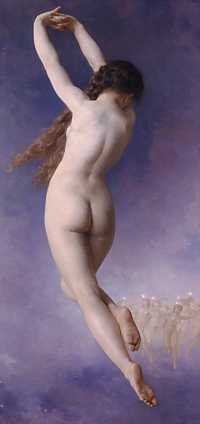Treatments that need further study
Herbal treatments and aromatherapy
Herbal treatments (including tea tree oil) and aromatherapy are sometimes used to treat head lice. No studies have evaluated their efficacy or possible toxicity.
Mechanical removal of lice or viable louse eggs by combing
There is insufficient evidence to determine the efficacy of "bug busting" (wet combing with conditioner). Many combs have been developed for lice removal, but many that are used are inappropriate. There is little evidence to support the use of any combing method. In one trial, significantly more people treated with malathion than with bug busting had no lice at seven days (31/40 (78%) v 12/32 (38%)). A new study (which we have not yet added to the BestTreatments site) looked at permethrin creme rinse with and without combing; permethrin without combing was marginally more effective.1
Misconceptions about head lice: what does the research really show?
There is no evidence to support the cleaning of sheets and clothing, or the treating of earphones, baseball helmets, and furniture with insecticide sprays.
Infection is spread between people only by relatively prolonged head to head contact; thus it is typically spread between people who know each other well. Lice seen on chairs, pillows, and hats are dead, sick, or elderly or are cast skins of liceŚthese cannot infect a person.
School based "no-nits" policies (banning children with nits until all nits are removed) do not make senseŚless than 20% of school children with nits will go on to develop infestation within 14 days. About half of children sent home for head lice don't have them. Many public health experts believe that "no-nits" policies should be abandoned.
Treatment should not be started unless live lice are found. Nits are not a sign of active infestation with head lice.
Cutting hair, or tying it back, is not helpful and may increase the incidence of infestation by making it easier for lice to move off of and on to the scalp.
Head lice are probably more common in girls because girls are more likely to have close contacts during playŚnot because they have longer hair.
Head lice are harmless. If detached from their host they are vulnerable and effectively dead.
--------------------------------------------------------------------------------
This is an extract from BestTreatments, which provides a shared online information resource for patients and doctors, based on Clinical Evidence (
www.clinicalevidence.com). More information about head lice, including references for this BMJ article, is at
https://www.besttreatments.org/headlice This extract from BestTreatments will remain available at bmj.com. The rest of the BestTreatments website (
www.besttreatments.org) is currently available only to patients who are members of United Healthcare plans in the United States.
References
Meinking TL, Clineschmidt CM, Chen C, Kolber MA, Tipping RW, Furtek CI, Villar ME, Guzzo CA. An observer-blinded study of 1% permethrin creme rinse with and without adjunctive combing in patients with head lice. J Pediatr 2002 Nov;141: 665-70[CrossRef][ISI][Medline]
This article has been cited by other articles:
T. Greenhalgh
PIGPEN therapy for head lice
BMJ, June 19, 2003; 326(7403): 1405 - 1405.
 Home
Home

 Help
Help

 Search
Search

 Login
Login


 Home
Home

 Help
Help

 Search
Search

 Login
Login

